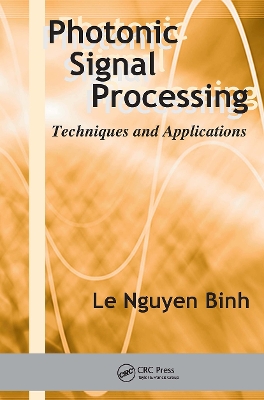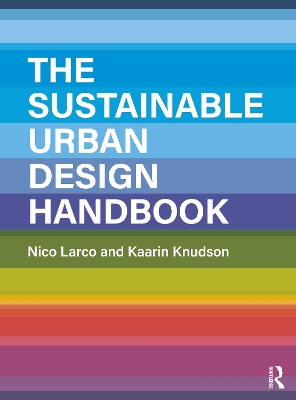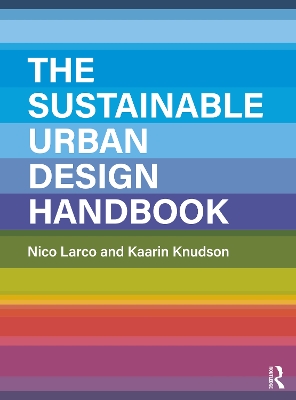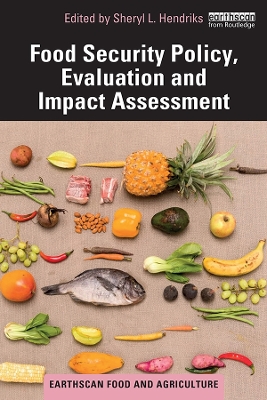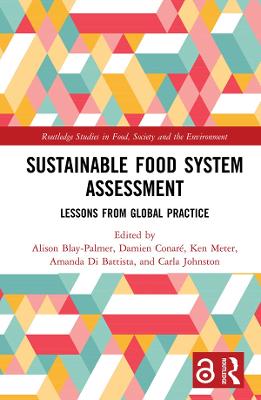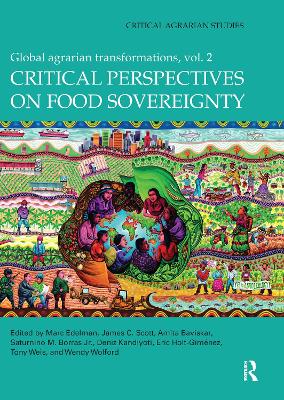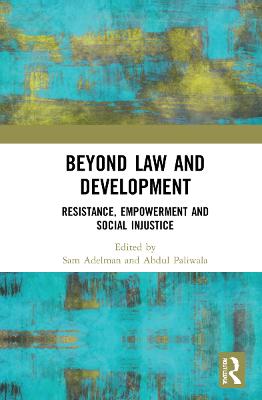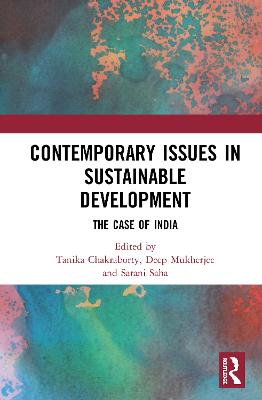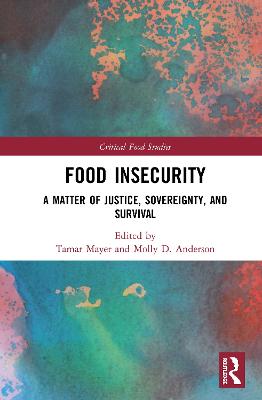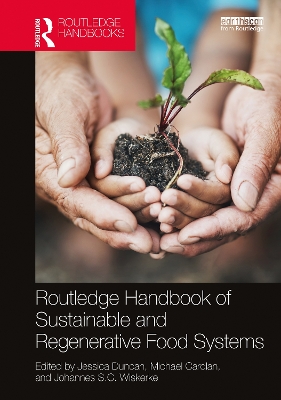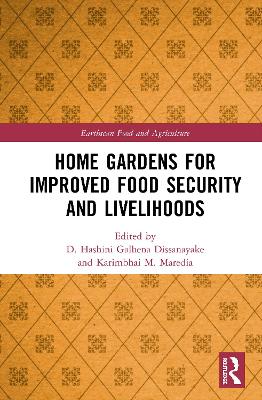Food Security Policy, Evaluation and Impact Assessment
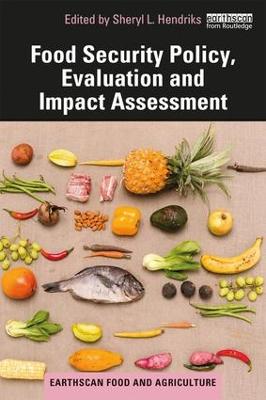 -10%
portes grátis
-10%
portes grátis
Food Security Policy, Evaluation and Impact Assessment
Hendriks, Sheryl L.
Taylor & Francis Ltd
12/2019
272
Mole
Inglês
9781138497092
15 a 20 dias
421
Dedication
Preface and acknowledgements
Notes on contributors
List of acronyms and abbreviations
Part 1: The fundamentals of food security policy assessment in the era of the SDGs
Chapter 1: Food security policy analysis as a key element in attaining SGD2 and addressing food policy failures of the past
Chapter 2: How the understanding of food security and nutrition shapes policy analysis
Chapter 3: Understanding the depth and severity of food security as a continuum of experiences
Chapter 4: Contemporary policy issues related to food availability
Chapter 5: Contemporary policy issues related to poverty and inequality and the imperatives to improve access to food
Chapter 6: Contemporary policy issues and the imperatives to reduce malnutrition
Chapter 7: Mitigating Negative Nutrition Transitions: Cultivating Diversity in Food Systems
Chapter 8: Contemporary policy issues in food assistance
Part two: Practical guidance on in the components of evidence-based food security policy analysis
Chapter 9: Assessing the Coherence of Broader Development Policies for Food Security
Chapter 10: The policy making process: Introducing the Kaleidoscope Model for food security policy analysis
Chapter 11: Developing and applying a theory of change assessment
Chapter 12: The essential elements of assessment, monitoring and evaluation to determine the impact of policies and programmes
Chapter 13: Identification of risks and vulnerable populations
Chapter 14: Institutional arrangements for governance, coordination and mutual accountability
Chapter 15: Gender and Food Security
Chapter 16: Inclusion and engagement with Indigenous Peoples
Part 3: Measurement and information systems
Chapter 17: Measuring food insecurity
Chapter 18: The Integrated Phase Classification approach as an example of comprehensive system approaches
Part four: Practical insights for implementation, monitoring and evaluation
Chapter 19: Notes from the field: challenges, solutions and promising ideas
Chapter 20: What next for evidence-based food security policy analysis?
Index
Dedication
Preface and acknowledgements
Notes on contributors
List of acronyms and abbreviations
Part 1: The fundamentals of food security policy assessment in the era of the SDGs
Chapter 1: Food security policy analysis as a key element in attaining SGD2 and addressing food policy failures of the past
Chapter 2: How the understanding of food security and nutrition shapes policy analysis
Chapter 3: Understanding the depth and severity of food security as a continuum of experiences
Chapter 4: Contemporary policy issues related to food availability
Chapter 5: Contemporary policy issues related to poverty and inequality and the imperatives to improve access to food
Chapter 6: Contemporary policy issues and the imperatives to reduce malnutrition
Chapter 7: Mitigating Negative Nutrition Transitions: Cultivating Diversity in Food Systems
Chapter 8: Contemporary policy issues in food assistance
Part two: Practical guidance on in the components of evidence-based food security policy analysis
Chapter 9: Assessing the Coherence of Broader Development Policies for Food Security
Chapter 10: The policy making process: Introducing the Kaleidoscope Model for food security policy analysis
Chapter 11: Developing and applying a theory of change assessment
Chapter 12: The essential elements of assessment, monitoring and evaluation to determine the impact of policies and programmes
Chapter 13: Identification of risks and vulnerable populations
Chapter 14: Institutional arrangements for governance, coordination and mutual accountability
Chapter 15: Gender and Food Security
Chapter 16: Inclusion and engagement with Indigenous Peoples
Part 3: Measurement and information systems
Chapter 17: Measuring food insecurity
Chapter 18: The Integrated Phase Classification approach as an example of comprehensive system approaches
Part four: Practical insights for implementation, monitoring and evaluation
Chapter 19: Notes from the field: challenges, solutions and promising ideas
Chapter 20: What next for evidence-based food security policy analysis?
Index


